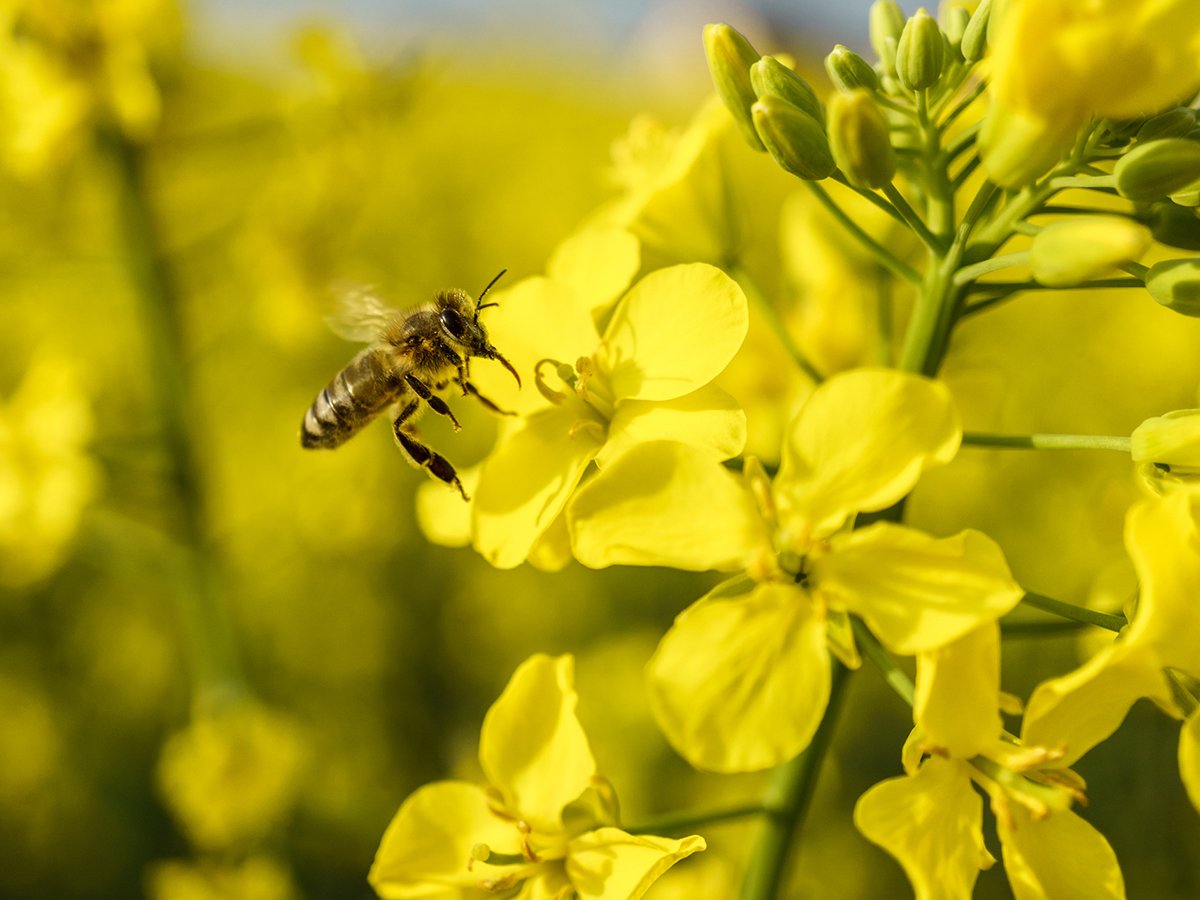A couple of weeks ago in St. Jean Baptiste, Winnipeg market analyst Mike Jubinville noted the bounding yield gains in corn in recent years, which have tended to make corn a profitable crop for American farmers while wheat with its lagging yield gains is becoming little more than a rotation crop for many prairie growers.
The happy part of his message was that seed companies are quickly developing short season corn varieties that could soon spread far beyond the Red River valley of Manitoba and the southern Alberta bastions where the crop now resides on the prairies. Soon, Jubinville said, farmers across most of the prairies could have corn as a realistic option each spring. He said breeding developments could “cornify” the prairies.
Read Also

Invigor Gold variety viewed as threat to condiment mustard
Invigor Gold, the canola-quality mustard developed by BASF, is on a collision course with Canada’s condiment mustard industry. It’s difficult to see how the two can co-exist.
Well, after seeing last Tuesday’s devastating USDA final production report, which found an extra 300 million bushels in American farmers’ hands, many prairie farmers could start begging: “Please cornify me.”
It was a stunning result for all market forecasters, blowing through upside production estimates and knocking over the apple cart of prices. It left a lot of forecasters stumbling for answers.
One expert forecaster, the famed Dennis Gartman of influential investment newsletter The Gartman Letter, has been very open in pondering why he and everyone else was so wrong about the corn production number. He was long corn and took a bath when the USDA numbers came out and the market slumped.
“I blame Monsanto. I blame the productivity of the American farmer,” humorously noted Gartman on Friday morning in an interview with Bloomberg radio’s Tom Keene.
“I blame some of the government for its inability to count acreage properly and yield estimates properly.”
What is upending analyst expectations is corn’s newfound ability to weather bad weather conditions – like those of this year – and produce massive crops regardless of challenges that would have hammered yields in the past.
Genetic engineering is delivering mega-yielding crops to U.S. growers and that’s allowing them to push production through the roof. Gartman noted typical corn yields of 25 years ago of 50 bushels per acre in much of the Midwest where now it often yields 165 bushels per acre.
This was the huge increase in productivity and toughness that Jubinville was talking about. Wheat yields may be up substantially – I remember when 40 bushels per acre was a reason to hold a ticker tape parade – but they are relatively small compared to corn and soybean gains, as well as well below the great gains in canola. Remember when six million tonnes of canola was a great year for the industry? Not such a long time ago. Now we’re a few years away from 16 million.
Huge yields for corn and soybeans mean that farmers in the Midwest can make money on crops, feed millions of pigs, produce huge amounts of ethanol all at once. Every time I go down to Iowa I marvel at how they’re able to have all these conflicting industries at one time. But with ever-increasing yields they aren’t yet slicing each others throats, like they have done up here, where the livestock industry is undermined by relatively more expensive feed wheat and barley and where ethanol’s still mostly a hope.
At the Prairie Oat Growers Convention six weeks ago Don Grambsch of Riverland Ag talked about how many Canadian prairie mainstay crops like rye, barley and oats are on a trend that could make them all special crops rather than commodities. Rye’s been there for years. Will wheat join that pack?
Most analysts feel wheat is just too big and too important in farmers’ rotations to become a fringe crop. But if cross-prairie, high yielding corn varieties become available, a lot of farmers will be pleased to help the cornification begin.















